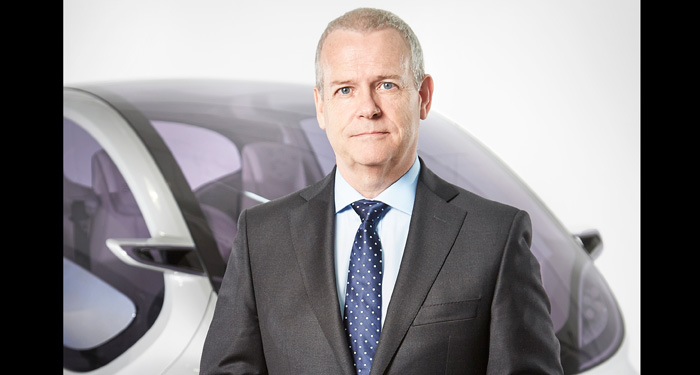
We sat down with Dr. Tim Leverton, Head - Advanced Product Engineering, Tata Motors, to delve a little deeper into the development of the Bolt and Zest, as well as gain some insight into future products from Tata Motors.
Automated manual transmissions (AMT’s) seem to be latest fad – in addition to the Bolt and Zest, Maruti and M&M also have similar applications. What’s changed to allow you to incorporate this technology into smaller cars?
It’s a technology that actually suits smaller cars. It’s an affordable solution. It combines clutchless driving with very good fuel efficiency, so from that point of view it’s a good fit for smaller cars.
Did Magneti Marelli approach you with this technology solution? Help us understand how three different manufacturers felt that this is the right technology at the right time.
Actually, we took the initiative to start this program – and we looked at a whole range of different products and different engines. Initially, it’ll be used on the diesel variants of the Bolt and Zest, but later on the petrol variants as well. We’ve thought about it comprehensively in regards to how it would fit with future driving preferences in India. It’s certainly part of our ‘Horizon Next’ thrust – we can certainly see that customers want easier and more comfortable driving experiences.
For your next range of cars, are you doing any development work at the JLR HQ in Gaydon?
We don’t do any development work in Gaydon. We have some teams working on joint projects at Gaydon. Our development is done at our own facilities. But, I should point out that what can be reflected in the Zest and Bolt that’s come from our relationship with JLR is really to do with the knowledge transfer on processes – in terms of how we develop these cars. We’ve taken a lot of input from JLR in terms of vehicle attributes, and how these should be targeted to customer needs – also, how this should translate to engineering targets. So, those are areas where we’ve worked very closely with JLR over the past three years or so. And the result of that is definitely reflected in the Bolt and Zest.
Was all the styling done in-house, because it seems quite sophisticated – the boot in the Zest seems better integrated than in most other sub-4 meter sedans?
I’m pleased that you see that. That car was designed in our Pune studio. The thing that’s changed is that we’ve grown our design organization three or four-fold in terms of the numbers of people. We’ve got three strong studios. Pune is our biggest one, but we have a studio in the UK, we have a studio in Turin in Italy, and the creative process is being driven by all three. In the early stages, we look at different proposals and that’s how we formulate the approach. We’ve also got a more international profile across the teams, so we’ve got British, French, Japanese, and Indian designers working together – and that’s certainly something that’s needed if you’re going to have a global approach to design. And I feel like these are the first products with which we’ve been able to express that.
Will the final production cars look exactly like the ones shown here at the expo, and what about fit-and-finish, which has been a concern in the past?
This is the final car. I mean they’re still in the pre-production stage – so, in that sense, these aren’t the final vehicles, but I think you can already see that they’re at a different level. There are a lot of detail process steps that are needed, which have been integrated now in terms of how we go from clay model to proving model, to tooling reference, and there’s a an understanding now of where the craftsmanship needs to be to avoid unsightly sections. And then there’s the execution itself, in terms of how you check everything through each process to make sure finally that all the parts come together. So all of that is reflected in these vehicles.
Coming back to the gearbox, do you have a sense of what the take-rate would be between the manual and the AMT?
I would imagine that it would start relatively low and then start to build up. My own view is that it’s not a coincidence that a number of us are moving into this space, because I think there is a customer demand there – and once the value of it is understood, then I would expect it to grow strongly. Certainly, one of the trends that we’ll see over the next few years is the growth of this transmission.
What’s the future of the Nano?
Well, there are two on display here at the expo. There’s a cutaway that has an AMT in it, and then there’s one that provides clues to the next step. We’re listening to our customers, so we’ll continue to work on offering more features – such as an open tailgate, or a different treatment to the bumpers, etc. We’re certainly not giving up on the car.
What is the Nexon based on?
It’s based on the X1 architecture. But it’s very heavily changed obviously. It’s a little bit of the same story with Tata Bolt and Zest – we’ve taken an architecture that we had, and we’ve taken some under the skin parts, but we’ve actually changed so much that these are really new cars. And the Nexon is the next step in that process. It’s a stronger clue in terms of where we’re headed in our styling. It has several elements that are contemporary and hint to our future design language. But it’s a serious concept. It’s not just a styling exercise. We’re working on it to become part of our product portfolio in future.

















Write your Comment